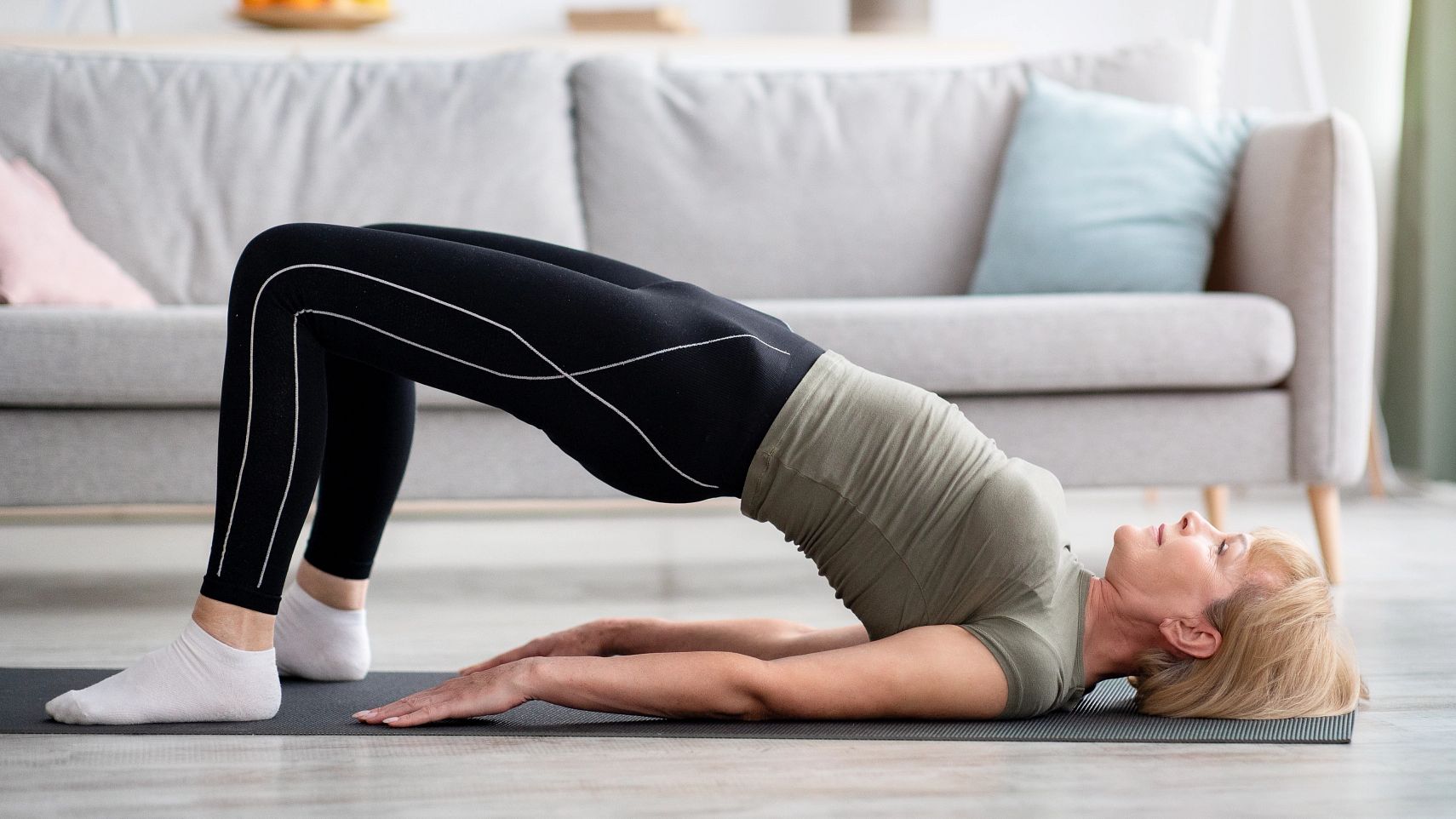AARP Hearing Center
Of the individual exercises examined, the wall sit was the most effective, the study found.
It’s long been known that physical activity has blood pressure benefits, but the review is important because doctors often recommend heart-healthy activities like walking, running and cycling as their top choices for patients with hypertension. But isometric exercises are almost twice as effective at lowering blood pressure, compared with just doing cardiovascular exercise, the study shows.
Study author Jamie O’Driscoll, an associate professor of lifestyle medicine at England’s University of Leicester, says he and his colleagues launched the BJSM review because they’ve seen how isometric exercises can benefit those with high blood pressure. Also, they wanted “to draw together the evidence for the wider audience.”
“These findings provide a comprehensive data-driven framework to support the development of new exercise guideline recommendations for the prevention and treatment of arterial hypertension,” O’Driscoll and his coauthors wrote in the review.
What are static isometric exercises?
To perform a static isometric exercise, you hold your body in one position until your muscles tire. Examples include wall sits, planks and side planks, glute bridges and heel raises.
Isometric exercises are great options for older adults because they’re low-impact and don’t require any special equipment, says Meredith Dobrosielski, an exercise physiologist and clinical research coordinator in the division of geriatric medicine at Johns Hopkins University.
“It’s an easily accessible form of exercise that you can do pretty much anywhere,” Dobrosielski says. “You don’t need to go to a gym. You don’t need any equipment. You don’t have to spend a lot of time doing it. You just need your body. You can do this at home. And the benefits are great.”
But that doesn’t mean static isometric exercises are easy.
Kerry Stewart, director of clinical and research exercise physiology at the Johns Hopkins University School of Medicine, says holding your muscles in a contracted position requires you to “work very hard.”
“That may be one of the reasons why it provides benefit,” he adds.
Why is isometric exercise best for blood pressure?
When you do any type of exercise, your blood pressure temporarily increases because your heart pumps harder, moving your blood through your arteries more forcefully. If you exercise repetitively, your heart gets stronger, so it can pump blood with less effort. That can help your resting blood pressure to drop.
Isometric exercise may offer an extra benefit because when you hold a muscle contraction, you restrict blood flow to those muscles, Stewart says. Then, when you stop the exercise, “you get a big surge of blood” to the area, he adds.







































































More on Health
The #1 Exercise to Do as You Get Older
If you have time for only one exercise, fitness experts say, try this
5 Tests to See How Well You Are Aging
Find out your fitness level
Staying Fit
Want to get fit? Get inspired with these workout routines.Recommended for You